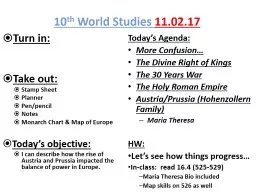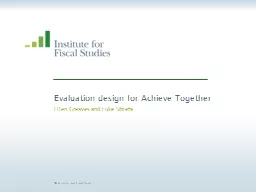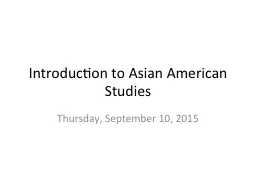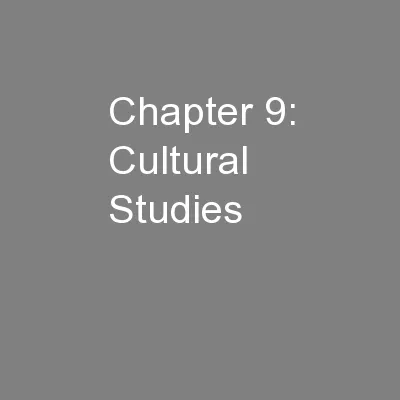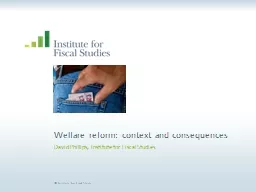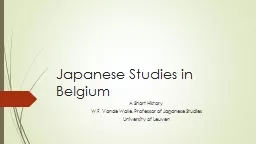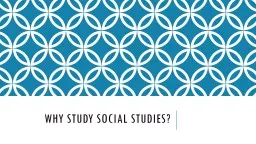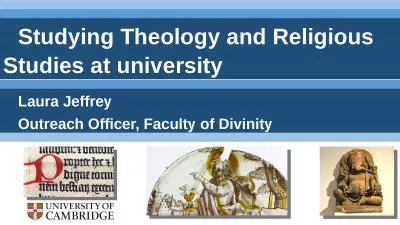PPT-10 th World Studies
Author : trish-goza | Published Date : 2019-12-13
10 th World Studies 110217 Turn in Take out Stamp Sheet Planner Penpencil Notes Monarch Chart amp Map of Europe Todays objective I can describe how the rise of Austria
Presentation Embed Code
Download Presentation
Download Presentation The PPT/PDF document "10 th World Studies" is the property of its rightful owner. Permission is granted to download and print the materials on this website for personal, non-commercial use only, and to display it on your personal computer provided you do not modify the materials and that you retain all copyright notices contained in the materials. By downloading content from our website, you accept the terms of this agreement.
10 th World Studies: Transcript
Download Rules Of Document
"10 th World Studies"The content belongs to its owner. You may download and print it for personal use, without modification, and keep all copyright notices. By downloading, you agree to these terms.
Related Documents

